
Although we enjoy the warmth of the fireplace, the odors can be unpleasant. With simple tricks like vinegar, salt, or baking soda, you can keep your home fresh and cozy.
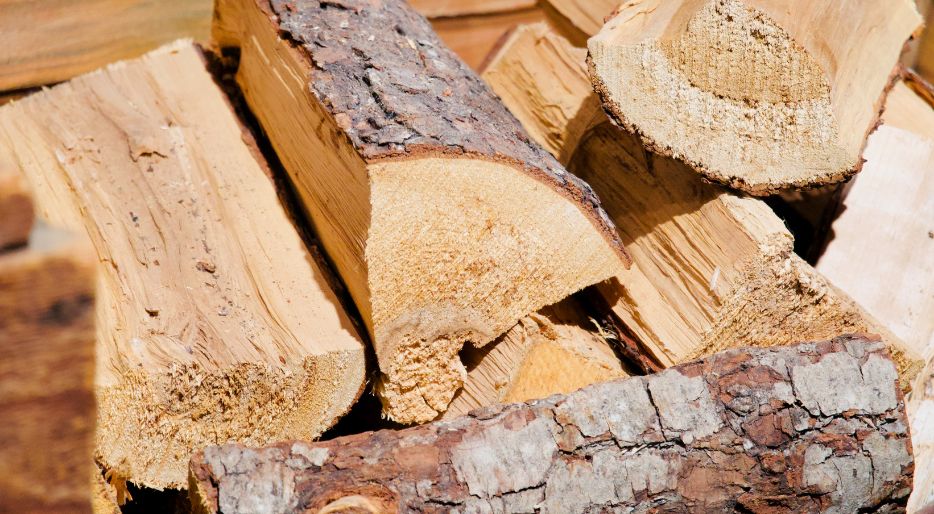
Is your wood stove not working properly? Is it producing more smoke and sparks than usual? It could be that the fault lies with the firewood you’re using.
Proper drying of the firewood is essential to ensure that your appliance runs efficiently and safely.
In this post, we’re going to explore the process of drying firewood, including what it is, why it’s important, and how to make sure the firewood you’re using is properly dried.
Let’s learn together how to improve the heating experience with your wood stove!
Drying firewood is the process by which the amount of moisture in the wood is reduced. This process is done before it is used as fuel.
Fresh, or “green” firewood contains up to 50% water, which makes it difficult to burn. This firewood produces more smoke and sparks. In addition, wet firewood can cause performance and safety problems. Therefore, it is important to ensure that firewood is properly dried before use.
The process of drying firewood generally takes time. This is because it depends on factors such as ambient humidity, temperature and type of wood. The firewood drying process is carried out as follows:
It is important to keep in mind that the drying of firewood is a process that requires patience, as it cannot be accelerated or forced. The drying of firewood is a natural process and occurs over time, so it must be respected under all circumstances.
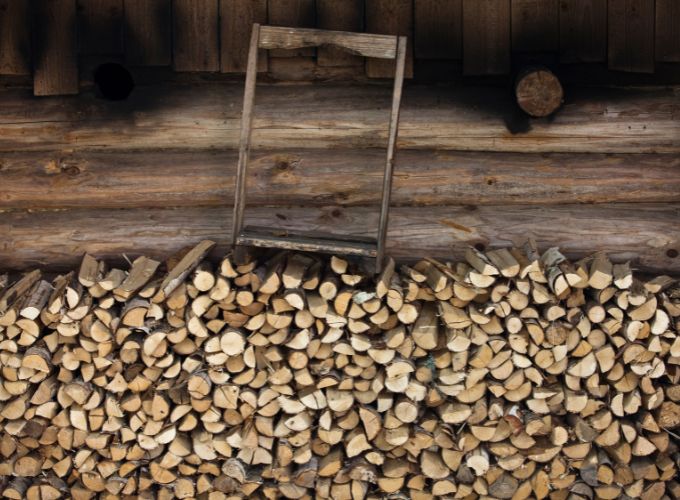
There are several factors that can affect drying, including:
There are several indicators to determine if firewood is dry:
This can have major consequences in the stove. Wet firewood burns less efficiently than dry firewood, which means it won’t produce as much heat and will consume more fuel.
In addition, wet wood produces more smoke when it burns and forms creosote. It can also cause corrosion and premature wear on stove parts, which can reduce the life of the stove.
You can read more about wet firewood by clicking here.
First of all, dry wood burns more efficiently, which means it will generate more heat per unit of fuel. This means you won’t have to feed the stove as often and you’ll get better performance in terms of heat generated.
Secondly, dry wood produces less smoke when it burns, which means your appliance will be less clogged and you won’t have to clean it as often.
Finally, dry firewood is less likely to cause damage to the stove, which means the stove will have a longer life and you won’t have to spend money on costly repairs.
In summary, using properly dried firewood in your wood stove maximizes its performance and ensures a safe and efficient heating experience.
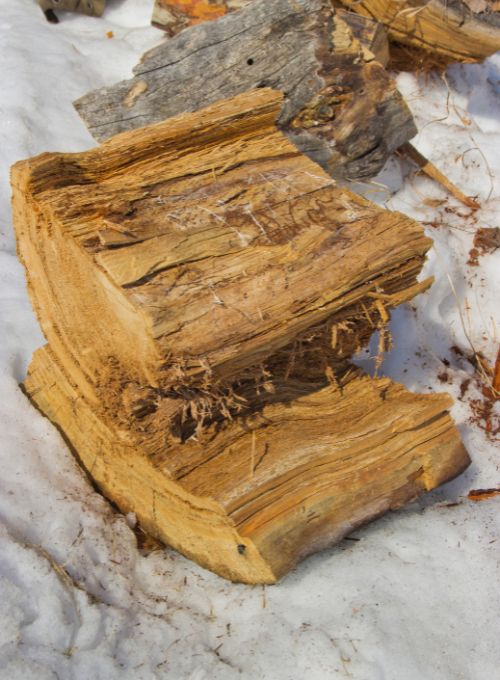
We hope this post has served as a guide. Take a look at our blog and find solutions and recommendations to help you with your fireplace or wood stove.
Visit our online store for Panadero wood stoves. If you have any questions or need help choosing the right stove, don’t hesitate to contact us. We will be happy to help you.
Articles of interest:
Did you like this article? If so, help us spread it 😊 . Click on the buttons below here and feel free to share it on your social networks!
Thank you for reading!
↓ ↓ ↓ ↓

Although we enjoy the warmth of the fireplace, the odors can be unpleasant. With simple tricks like vinegar, salt, or baking soda, you can keep your home fresh and cozy.

How to avoid dust in the house when using a wood stove: tips and tricks for a clean and healthy home
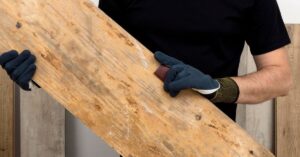
Learn how to remove mould from your wood for use by following the steps in this article.
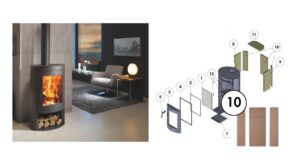
All you need to know: what it is, uses and benefits of wood stoves
To provide the best experiences, we use technologies like cookies to store and/or access device information. Consenting to these technologies will allow us to process data such as browsing behavior or unique IDs on this site. Not consenting or withdrawing consent, may adversely affect certain features and functions.